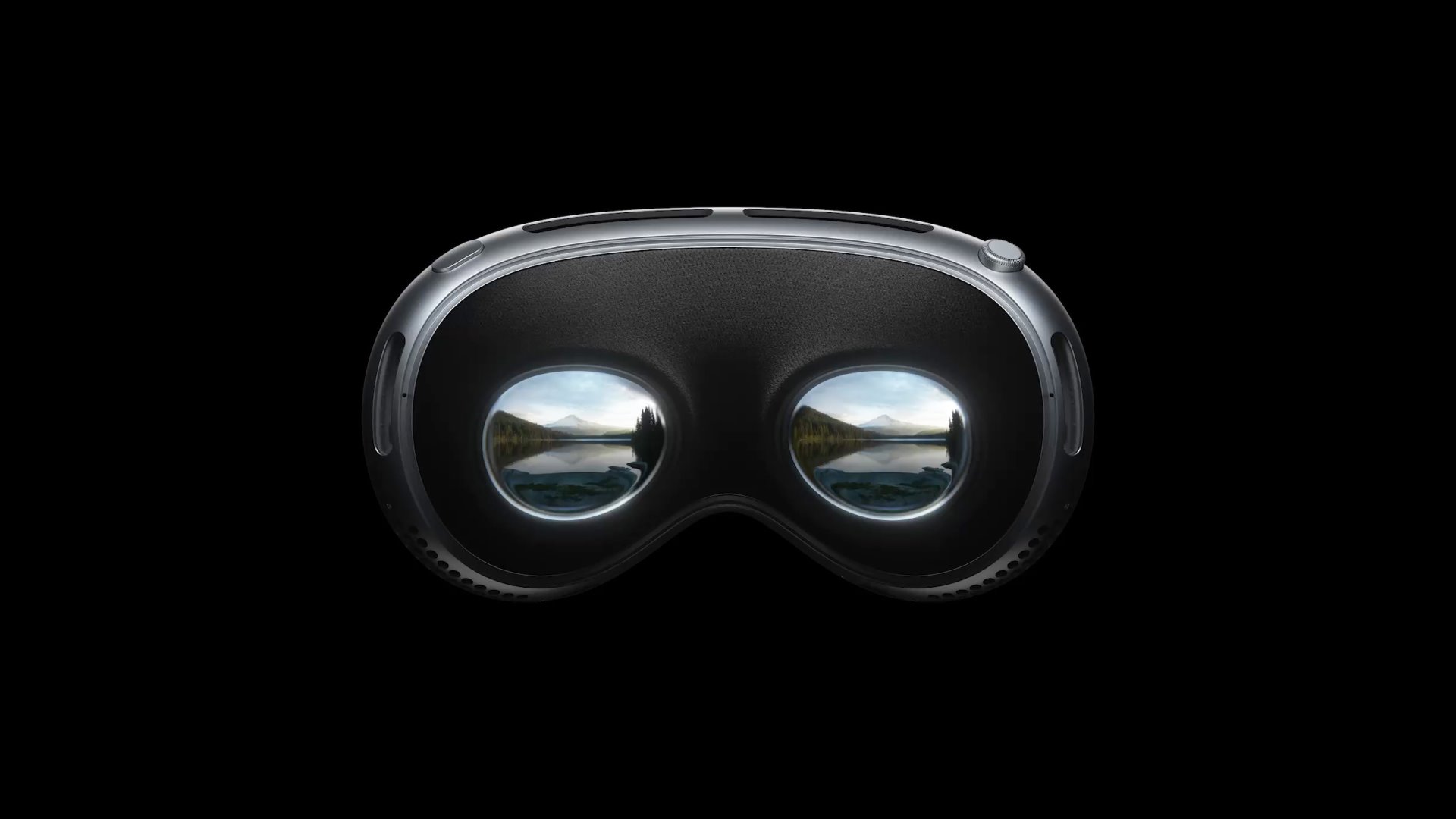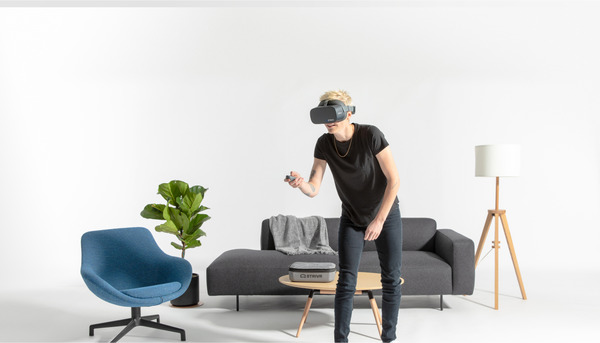Overheard: “Ugh, the company is making me take this training on Friday…”
Conventional wisdom states that company training is by definition dull and tedious — a necessary part of life on the job, but certainly not anything anyone looks forward to. For decades, HR departments have attempted to infuse a little fun into training videos, lectures, and handbooks, but they’ve only had so much material to work with.
That’s changing as technology gets more sophisticated. Today, tools such as virtual reality (VR) are making company training models not just enjoyable and (dare we say it?) entertaining, but radically more effective and engaging than ever before. VR-based company training taps into the experience progressive gamers have been having for a while now: immersion into a parallel world, so to speak, that’s utterly engaging for the learner and, at the same time, creates neurological pathways to true learning.
The timing is good, because company training is more important than ever. In 2022, the collective US training industry budget increased, and the main reason for this was an increase in the scope of training. Simply put, there’s more to learn these days.
[Webinar] Expert insights: Why employees learn better and faster with VR training
By providing a hands-on, immersive training experience, VR can help employees better understand and retain all of this important information. Additionally, VR can be used to simulate real-world scenarios that may be difficult or expensive to replicate in a traditional training setting. More and more, companies recognize the business value of investing in VR-based company training.
VR as a driver of modern company training models
VR works because within the virtual learning environment, people literally “learn by doing” and have the opportunity to practice over and over until they gain mastery and retention. VR is scalable, which makes it economical for enterprise companies hoping to train large numbers of people at once or over time. It’s also highly customizable, enabling an immersive environment that mimics the actual environment of a particular company.
VR is a technology well aligned with all kinds of company training initiatives. It’s being used in healthcare, retail, financial services, logistics, manufacturing, and more industries to better train employees at scale.
The benefits of VR-based company training include:
- It offers a better preview of the actual job experience in order to better prepare employees for life on the job
- It offers the HR organization data on trainees in order to better educate and prepare them
- More prepared and skilled employees who can excel in their jobs tend to be happier, more engaged employees
One global shipping company Strivr worked with successfully used VR company training to onboard package handlers with a realistic job preview, resulting in them being more prepared for their jobs — and doubling the prior retention rate.
Upskilling and reskilling
The skill sets required for many jobs are rapidly changing as technology innovation speeds up. Since 2015, skill sets for jobs have changed by an average of 25% (also according to LinkedIn), and 89% of L&D pros believe actively building employee skills will help navigate the future of work. A 2021 Gartner report found that in order to do their jobs successfully, 58% of the workforce will soon need new skill sets.
According to LinkedIn, the top corporate training topic for managers in 2023 is “leadership and management skills” — in other words, soft skills such as empathy, communication, and de-escalation. The ability to navigate difficult conversations, offer candid feedback, and coach employees are all important skills for managers and leaders.
Try selecting “Reduce training time” in our VR Assessment Tool
With VR, learners can practice soft skills in a realistic and risk-free environment — having actual conversations with avatars in a headset, for example, then replaying the training experience to learn from it. In this model, they have the opportunity to gain mastery over their emotional responses and reflect on their own performance in order to improve. VR company training can also impart customer service skills that have traditionally been taught “on the job,” without having to sacrifice the experience of real customers as the learner makes mistakes.
The pivot to Immersive Learning for company training
On-demand, experiential learning has been proven to lead to better long-term retention and cost savings, and VR company training has this capability. Enterprise Immersive Learning that combines VR-based training with advanced learning theory, data science, and 3D design is quickly changing the old paradigm of the dull, tedious employee training that must be endured into one that’s exciting for learners and measurable for companies.






